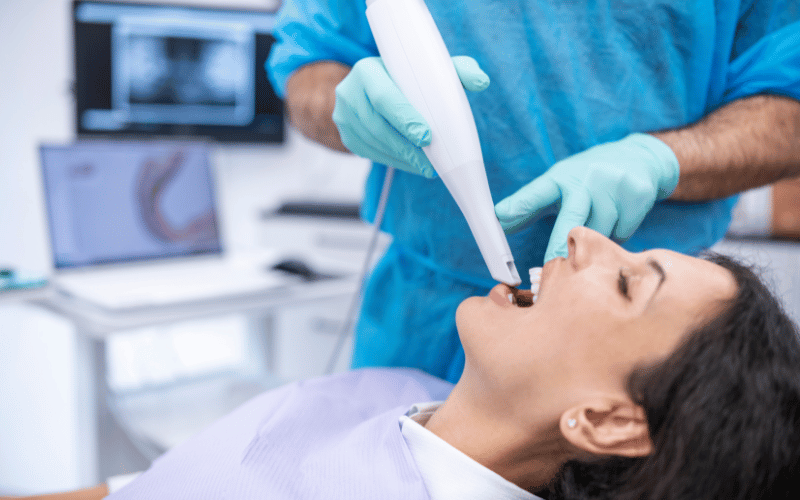Introduction: Parulis – A Dental Dilemma
In the realm of oral health, there’s a vast array of conditions, ailments, and disorders that can affect anyone, anywhere. It’s not just about cavities or the occasional gum bleed. Deep within the spectrum of dental health issues lies a condition known as Parulis, often termed “Intraoral Dental Sinus” or “Gumboil”.

While the name might seem unfamiliar to many, the symptoms, once understood, are hard to ignore. But why is it essential for the average person to know about this? Simply because knowledge is power. The more we know about what can ail us, the better equipped we are to take preemptive measures or seek timely treatments.
Parulis is essentially a manifestation of an oral abscess that makes its appearance predominantly on the gum. The intriguing part is that it originates from a tooth’s root, acting as a flag, signaling an underlying infection. If left unchecked, this pus-filled lesion can be not only a source of discomfort but also a precursor to more significant complications.
The primary objective of this article isn’t to alarm but to inform. While Parulis might sound like a formidable foe, understanding its symptoms can be your shield. Early detection paired with the right treatment can ensure it remains nothing more than a minor blip on your oral health radar.
Symptom 1: Swollen Gum Near a Tooth

The onset of Parulis often starts subtly. One of the first indicators is a swollen gum, predominantly situated near a specific tooth. This swelling isn’t just a minor irritation. It’s a physical manifestation of underlying turmoil. When observed, it’s usually tender to the touch and may take on a reddish hue, differentiating it from the surrounding gum tissue.
Swelling can be a body’s way of signaling that something isn’t quite right. In the context of oral health, especially when it’s localized around a tooth, it often points to an infection or inflammation. The affected area might feel warmer than the surrounding gum tissue, indicative of an inflammatory response.
For many, this symptom may be accompanied by a slight throbbing sensation, especially when pressing or when consuming foods and beverages. It’s essential to note that such a reaction isn’t typical and should be a cause for concern. When the body encounters pathogens, it rushes white blood cells to the area, leading to inflammation and swelling, a sign that your body is actively fighting an intruder.
It’s also vital to differentiate between general gum swelling due to other causes, like gingivitis or minor injuries, from the one caused by Parulis. Duration and associated symptoms play a crucial role in this distinction. If you observe prolonged swelling, especially accompanied by some of the other symptoms we’ll discuss, it’s time for a dental visit. (1)